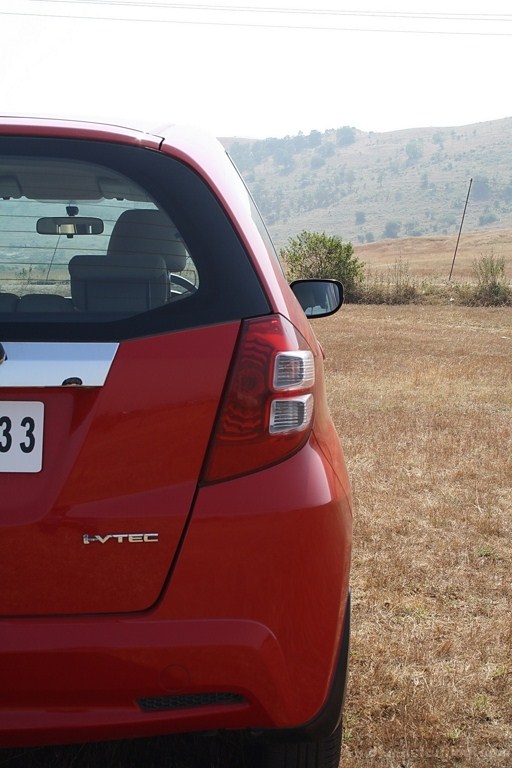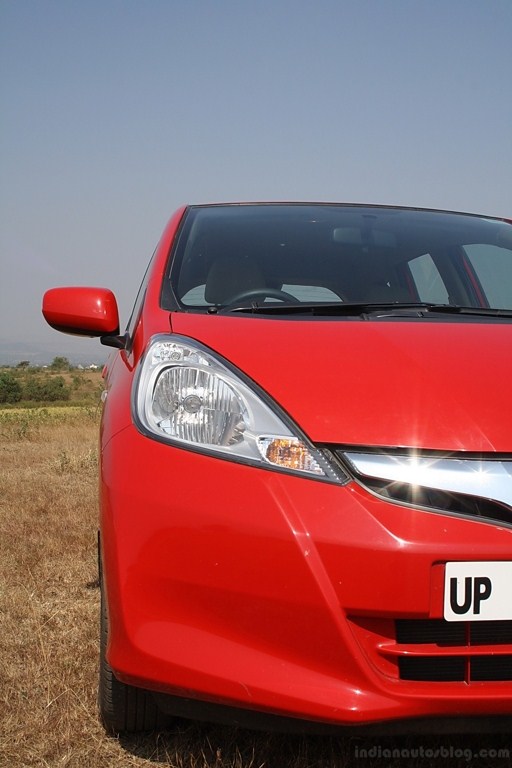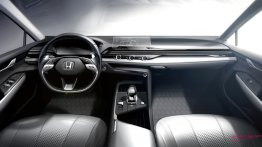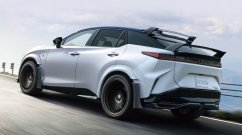 In a front page that tumbles every few minutes with cars from the future, a review article on the Honda Jazz facelift, that was launched last year, may look like a content management system malfunctioning.
In a front page that tumbles every few minutes with cars from the future, a review article on the Honda Jazz facelift, that was launched last year, may look like a content management system malfunctioning.
Since we've never had the chance to review the Jazz, we thought we should get it done without any further delays.
“It very expensive! Why would you want to spend 9 lakhs on a hatchback when you can get a sedan for that money” – That’s what the whole of India said when Honda launched the Jazz over here.
Launched as the first premium hatchback in India, the Honda Jazz was the biggest failure in the history of Honda Siel Cars India.
Honda realized the flaw of its strategy very soon into the launch, it was the high price. While Honda was figuring out a way to breathe some life into the Jazz’s sales figures, the Jazz got a facelift in the international market. ‘Click!’ went the management of Honda India and it was decided that the Jazz will be re-launched with a significant price correction.
Suddenly, Honda had a sure shot winner in their hands. Since a diesel engine was out of reach, the Honda Jazz facelift did not manage to set any sales records. But a simple price correction and the sales of the Honda Jazz almost doubled soon after its launch.
The Honda Jazz (internationally known as the Fit) is relatively a new car currently in its second generation. It is based on the same Global Small Car Platform as the Honda City but its wheelbase is 50mm shorter than that of the City.
Jazz was first launched in 2001 and over 2.5 million units were sold worldwide. It is one of the few cars in the world that is sold in the same form all across the planet. It is also possibly the biggest hatchback sold in India which can compete against some sedans for interior room and boot space.
Honda India’s tagline ‘Why So Serious’ cannot be more befitting to the Jazz as you walk up to it.
It is very easy to classify the Jazz as more of a mini MPV than a hatchback because of its sheer size.
The front fascia of the Jazz is dominated by a stubby yet pointy nose. The front bumper and the air dam is crafted in such a way that that the aerodynamic efficiency has been improved from 0.336 cd to 0.330 cd.
Unfortunately, there is no place for foglamps on the Jazz. If you want foglamps, you will have to get a custom bumper from Honda India.
The small metal-plated grill with the ‘H’ badge is accentuated by a bulge on the bonnet. The triangular headlamps are particularly attractive, blending nicely into the lines of the sloping bonnet. The new face gives the Jazz a fresh and a modern appeal.
The side profile with the massive front quarter and rear quarter glass makes the Jazz resemble like a mini Toyota Innova. The idea to have such big glass overhangs is to allow more light into the cabin.
The 15’ inch, 5-spoke titanium finish alloy wheels wrapped in 175/65 R 15 rubber add to the sporty and agile look of the car. A 160 mm of ground clearance keeps the notorious Honda GC problems at bay. The wide area of the side with no design flare make the profile rather dull and boring.
The wide ORVMS provide the much needed ample visibility around the car. However, lack of turn indicators and the electric fold function on a ‘premium hatchback’ is a bit discerning.
A nicely tucked rear end with wide hips tapering towards the top and simplistic leaf shaped tail lights which extend into the side profile look very decent.
Honda has not ruined the rear with excessive chrome. Just a small chrome strip below the windscreen, and a rear spoiler complete the rear profile. Complex lines on the rear bumper try to mimic a rear diffuser.
The Honda Jazz’s two-box mini MPV design rewards function over form. It is boxy but well proportioned. It is not a very textbook design like the Volkswagen Polo but neither is it a very flashy design like the new Hyundai i20. Because of its funky name and sophisticated styling, the Honda Jazz is a very cool car to own.
































